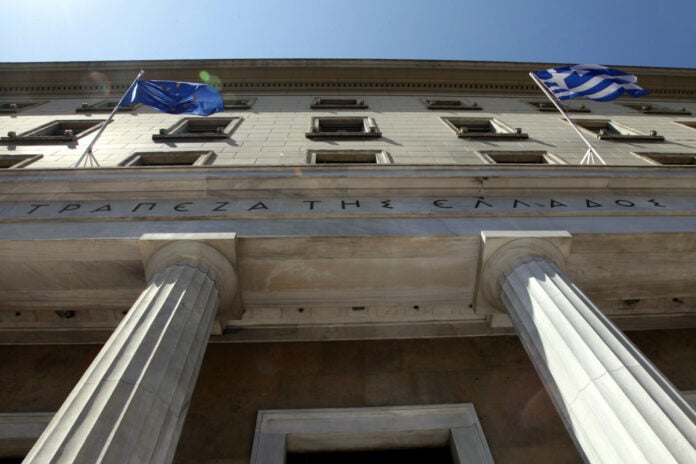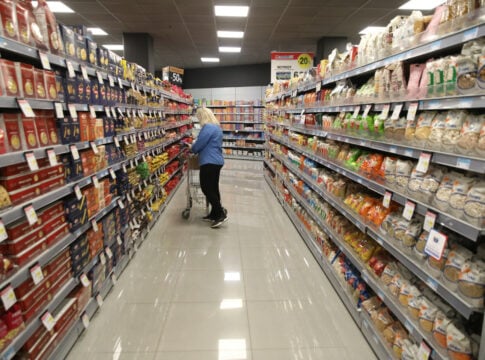According to BoG, this year will end with the harmonized index standing at 3% compared to 2.5% in the Eurozone, while placing the next rate cut by the ECB and by the Fed in September.
In June, it recorded negative inflation of 1.7% in processed food, which is the first time since the outbreak of the inflationary crisis.
Thus, food becomes the second “focus” with negative inflation after energy, which also moved downwards in June with a rate of 2.4%.
However, electricity prices have risen significantly since July.
The figures show that services are the main problem, as they recorded a very large increase (4.4%) in June, which is also the highest rate in the midst of an inflationary crisis.
Services also kept core inflation high, which rose at a rate of 3.4%, higher than that of the Eurozone (2.9%).
Regarding energy prices (a 2.4% drop was recorded in June), the Central Bank registered a significant decrease in electricity prices compared to last year (-12.2%), but also an increase in both natural gas (13.1%) as well as in motor fuels (6.3%).
What is now interesting is whether, after the current increases in July and also the looming ones in August, the energy sector will continue to be a “containment” mechanism for general inflation.
Bank of Greece analysts predict that inflation will stay above the 2% threshold even until the end of 2026, while they do not think the same about the Eurozone.
Thus, they estimate that the year will end with inflation of 3% in Greece and 2.5% in the Eurozone, in 2025 there will be a de-escalation to 2.2% in Greece and 2.3% in the Eurozone, while inflation will drop to 1.9% in 2026 in the Eurozone and 2.2% in Greece.














